The processors in the new 2016 MacBook Pro line have been identified, clarifying why some of the limitations surrounding the machine — like limited Thunderbolt 3 bandwidth on some models — exist.
After the furor of the initial "Hello Again" event died down, speculation began about the new MacBook Pro line, and seeming design choices that Apple made, which some believe compromise the machine. While Apple did make some choices, many of them were dictated by the limitations that Intel has placed on the company while the Kaby Lake processor family develops.
Skylake in the 13-inch 2016 MacBook Pro
The base-model dual-Thunderbolt 3 2.0 i5 GHz processor has been identified as the 6360U processor. The 6360U launched in the third quarter of 2015, using Intel's 14nm process as with the rest of the processors in the new MacBook pro, and has a maximum turbo frequency of 3.1 GHz.
Thermal design profile on the chip is 15W, and it, like all the dual-core processors across the MacBook Pro line has a maximum of 12 PCI-E channels.
An upgrade option for the 13-inch dual-Thunderbolt machine is the dual 2.4 GHz i7 6660U processor. It has a peak of 3.4 GHz, and has a thermal design profile of 15W.
13-inch quad-Thunderbolt models
The 13-inch quad-Thunderbolt 3 has three processor choices — the base model has a 2.9 GHz dual i5 6267U processor, with upgrade options for a 3.1 GHz dual i5 6287U, or a top-end 3.3 GHz dual i7 6567U.
The i5 6267U has a max speed of 3.3 GHz, and has a thermal design profile of 28W. An upgrade to the 6287U dual i5 will give the user a peak speed of 3.5 GHz, with the same 28-watt thermal design profile as the other upgrade processors.
Intel's 6567U dual i7 SKU also sports an identical 28W TDP, but is capable of reaching 3.6GHz with Turbo Boost enabled.
15-inch quad-Thunderbolt
The 15-inch quad-Thunderbolt MacBook Pro also has a choice of three processors — the 6700HQ 2.6 GHz, 2.7 GHz 6820HQ, and 2.9 GHz 6920HQ. Peak turbo speeds are 3.5 GHz, 3.6 GHz, and 3.8 GHz, respectively.
All three of the quad-core processors have a 45-watt thermal design profile, and 16 PCI-e lanes.
Implications of Skylake in the MacBook Pro
All three of the quad-core processors available in the new 15-inch MacBook Pro have 16 PCI-e lanes, which is what allows for for max Thunderbolt bandwidth on the 15-inch model. Related, the 12 lanes on the 13-inch models are responsible for the "reduced bandwidth" on the right-hand side ports on the 13-inch MacBook Pro.
Additionally, the quad-core Kaby Lake processor still having not seen the light of day has caused other problems that are being attributed to Apple, and not as having been foisted upon the company by Intel. For low power consumption, Skylake only supports LPDDR3, which is limited to 16 gigabytes.
LPDDR4 will not be supported in MacBook Pro-bound Kaby Lake quad-core processors until possibly the end of 2017, and perhaps later.
macOS isn't the limiting factor, and hasn't been for some time. While Apple chose to not implement other technologies to boost the RAM capabilities of the MacBook Pro, it chose to not do so, in the interest of a thinner machine than previous generations, and longer battery life than it would have had had it implemented non-LP RAM workarounds.
Apple's statement that other RAM choices allowing for 32 gigabytes of RAM or more would cause decreased battery life is accurate, if not quite specific.
 Mike Wuerthele
Mike Wuerthele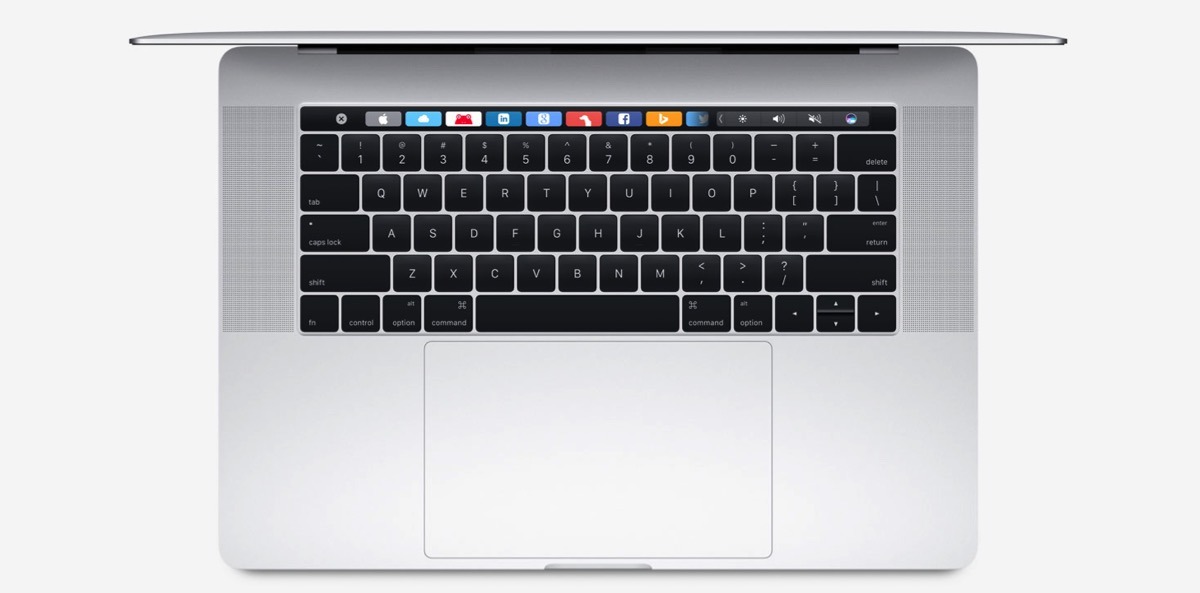
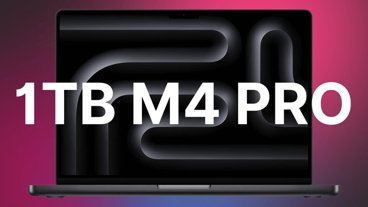

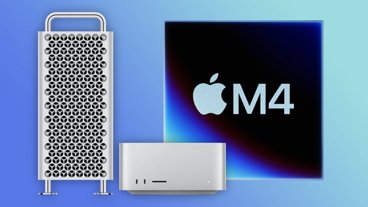
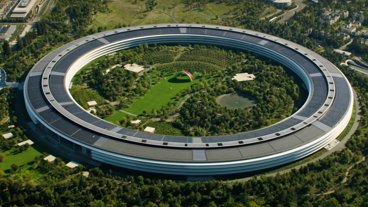
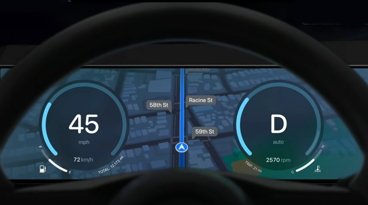


-m.jpg)





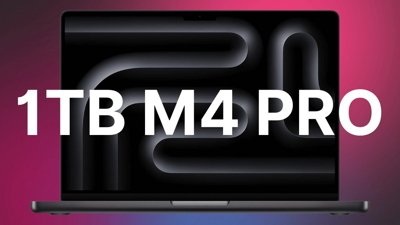
 Christine McKee
Christine McKee
 Charles Martin
Charles Martin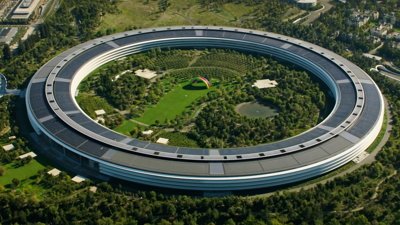
 Wesley Hilliard
Wesley Hilliard

 Malcolm Owen
Malcolm Owen

 William Gallagher
William Gallagher

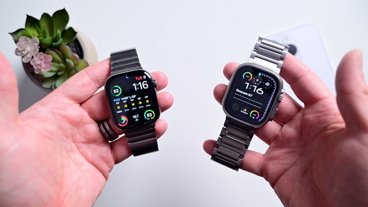






193 Comments
Well, it's Apple's fault that they keep using Intel processors instead of something based on their wind-storm ARM cores.
Aha. We knew this, didn't we, but not in such detail. Thanks, Mike.
Will the complaining about Apple's pro focus now stop? I don't think so. Reason is out of style.
Copy and paste somewhere, corrected after reply #10:
13-inch dual-Thunderbolt 2016
2.0 GHz i5: 6360U
2.4 GHz i7: 6660U
13-inch quad-Thunderbolt 2016
2.9 GHz dual i5: 6267U
3.1 GHz dual i5: 6287U
3.3 GHz dual i7: 6567U
15-inch quad-Thunderbolt 2016
2.6 GHz: 6700HQ
2.7 GHz: 6820HQ
2.9 GHz: 6920HQ
Intel's Skylake processor is 2015 story. Kaby lake is 2016. Intel will release ICE lake 10nm end of 2017. If I was Apple, I would skip Kaby lake and pick up ICE lake in 2017 for Spring 2018 release of Macbook pro that Apple can design without any compromise.